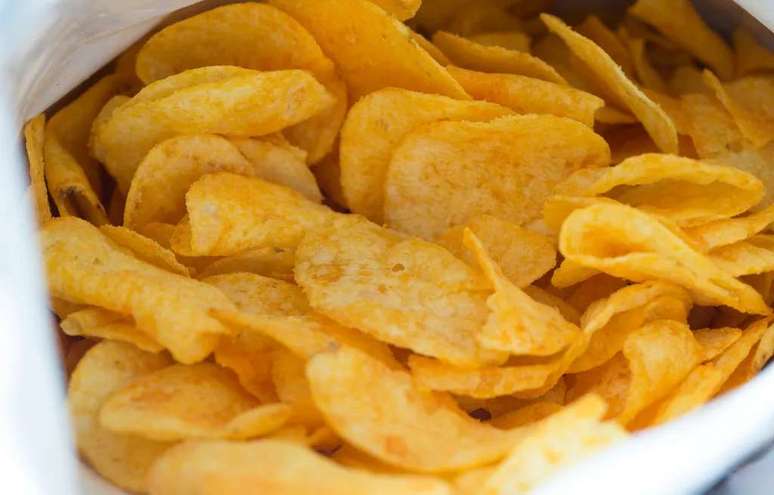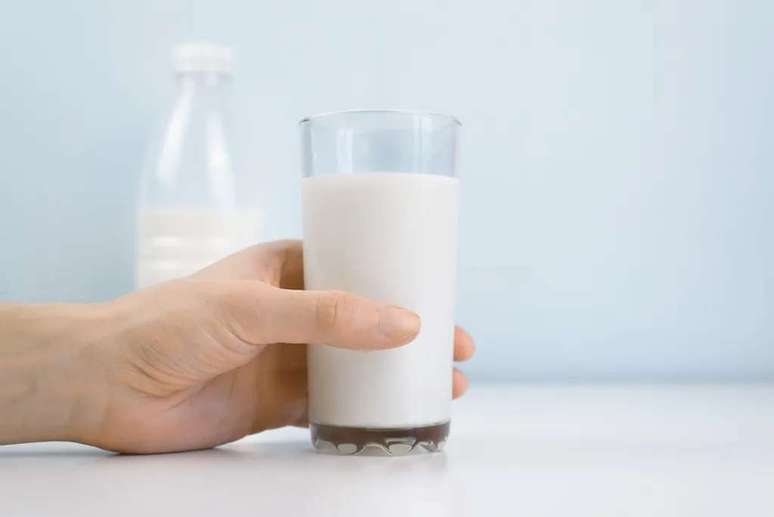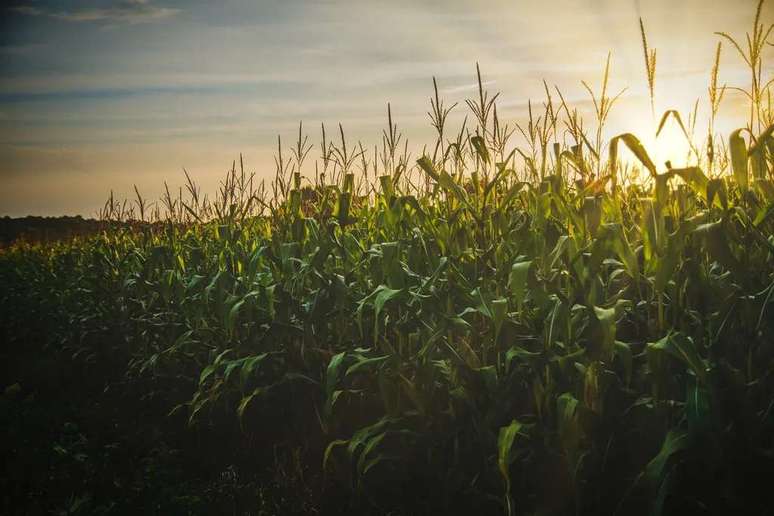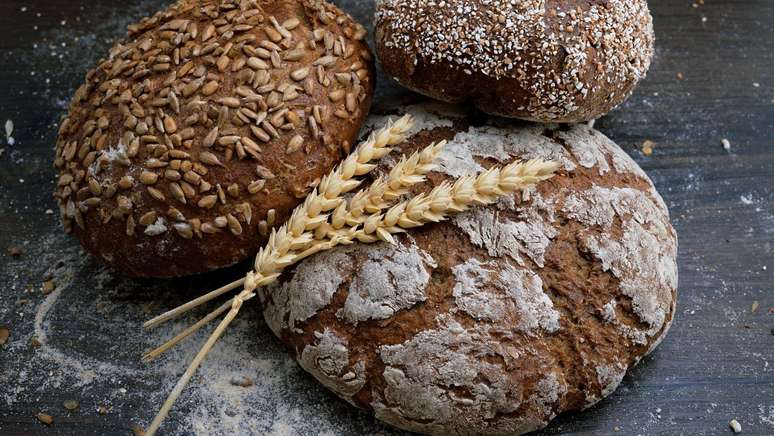The gluten-free diet is popular, but experts explain when it’s actually good for your health
Gluten-free diets are widely touted to improve health or even help with weight loss, but that’s not necessarily true. Experts explain that having a “gluten-free” food. it’s really only useful for people who have any medical advice involving this plant protein compound, such as celiac disease.
html[data-range=”xlarge”] figure image img.img-afca2f0067f11bb116645583e245b8b9fp75cw2e { width: 774px; height: 436px; }HTML[data-range=”large”] figure image img.img-afca2f0067f11bb116645583e245b8b9fp75cw2e { width: 548px; height: 308px; }HTML[data-range=”small”] figure image img.img-afca2f0067f11bb116645583e245b8b9fp75cw2e, html[data-range=”medium”] figure image img.img-afca2f0067f11bb116645583e245b8b9fp75cw2e { width: 564px; height: 317px; }
- 10 health myths you hear every day
- The Brazilian app reads food labels and tells you what ingredients they contain
For the general public, this type of dietary restriction is not recommended. “So far there is no evidence that gluten is harmful for children or for adults in general”, underlines the team of specialists from the Ministry of Health, in Food guide for Brazilian children.
The problem is that, contrary to scientific evidence, many people are sticking to these gluten-free diets, prompted by social media posts and misinformation. Wheat allergy, gluten sensitivity or even celiac disease exist, yes, but they must be diagnosed by a doctor: self-diagnosis usually leads to errors.
what is gluten
Although associated with carbohydrates, gluten is a protein component found in some grains, such as wheat, rye, barley, and malt. To be even more precise, it is worth saying that it is formed by the union of two distinct groups of proteins: gliadins and glutenins.

According to an article by the Federal University of Rio Grande do Sul (UFRGS), gluten appears, in fact, only when these two proteins, present in wheat flour, mix with water, forming the protein complex. Elastic and “sticky”, this dough tends to be used in the preparation of different foods, as we will see later.
Foods that contain gluten
Thinking about the Brazilian diet, the most common source of gluten is wheat products, but other foods can also have this protein complex. Find out what they are:
- cookie;
- Cake;
- cookie;
- Bread;
- Beer;
- French fries;
- Sausages, such as sausage;
- Spaghetti;
- Pizza dough;
- Prepared sauces and condiments.
In general, “the basic therapy for patients with gluten sensitivity involves the exclusion of preparations containing wheat, barley, rye and malt. In addition, oats must also be excluded, because they are normally contaminated by wheat”, guides the Society Brazilian Food and Nutrition Organization (SBAN). This is because there is a risk of cross contamination.

Although the list of foods prohibited in a gluten-free diet is long, there is a Brazilian law that obliges the food sector to inform whether a particular food contains gluten or not. And the Law n. 8.543, of December 23, 1992. If you still have doubts about the composition, some applications help list the ingredients, making shopping easier.
gluten free food
Now, with gluten-free foods in mind, there are also a range of options, including some wheat flour substitutes such as:
- vegetables and greens;
- Fruit;
- Milk derivatives;
- Meat;
- Egg;
- Grains, such as rice (rice flour) and corn (cornstarch);
- Potatoes (potato starch), sweet potatoes and cassava, including tapioca and cheese bread;
- Sweets, including chocolate and jelly;
- oils and fats;
- Gluten-free bread.
Celiac disease or gluten sensitivity
If a patient with celiac disease consumes any food with gluten, they tend to have gastrointestinal symptoms in the first 24 hours, such as indigestion, bloating, abdominal pain and diarrhea. If the condition is left untreated, other complications arise, such as anemia. Inadequate nutrition is also associated with an increased risk of fractures or even cancer.

Now, in individuals with milder gluten sensitivity, intestinal problems are not as intense and only a mild form of indigestion may be present. Either way, the person who identifies these developments should see a doctor, where he will undergo appropriate tests.
Gluten sensitivity could be something else
Interestingly, what is considered gluten sensitivity isn’t always intolerance. In a study published in the journal Diseases and sciences of the digestive systemResearchers at Columbia University in the United States found that nearly a third of self-diagnosed patients with this sensitivity had other digestive disorders.
According to the authors, between 15% and 20% of the study volunteers, the problem associated with gluten was irritable bowel syndrome. Others just had lactose intolerance (milk protein) or bacterial overgrowth in the small intestine.

According to SBAN, gluten sensitivity is often confused with FODMAPs. This long acronym translates to bottom-fermentation sensitivity and poor absorption of short-chain carbohydrates, known as fermentable oligos, dis, monosaccharides, and polyols. People with this type of problem also develop irritable bowel syndrome, but it has nothing to do with gluten. In some cases, the purported benefits of the gluten-free diet may also be associated with a placebo effect.
Is a gluten-free diet healthy?
Those who don’t have problems with gluten can adopt a restrictive diet, yes, but it’s not recommended. This is what emerges from another Columbia study, published in the journal BMJ extensionon the impact of diet on health, during 26 years of follow-up.

In the study it was possible to verify that people who consumed gluten were not more or less likely to have heart disease. On the other hand, the authors state that “gluten avoidance may result in reduced consumption of beneficial whole grains, which increases cardiovascular risk.” Therefore, “the promotion of gluten-free diets among people without celiac disease should not be encouraged,” they point out.
“Gluten-free diets can be healthy for the general population, provided that withdrawal from gluten-free processed foods is offset by intakes of other whole grains, and low energy density vegetables,” completes the SBAN.
Source: Columbia University, BMJ extension, Diseases and sciences of the digestive system, SBAN, Food guide AND UFRGS
Trending on Canaltech:
- Black Mirror | Season 6’s creepiest episode is based on a true case
- 5 reasons NOT to use Google Chrome
- Why do many cell phones today lack infrared?
- Nubia Neo 5G might be the cheapest gaming phone in the world
- Netflix releases during the week (16/06/2023)
- Anker launches extra bright 200-inch outdoor projector
Source: Terra
Ben Stock is a lifestyle journalist and author at Gossipify. He writes about topics such as health, wellness, travel, food and home decor. He provides practical advice and inspiration to improve well-being, keeps readers up to date with latest lifestyle news and trends, known for his engaging writing style, in-depth analysis and unique perspectives.









